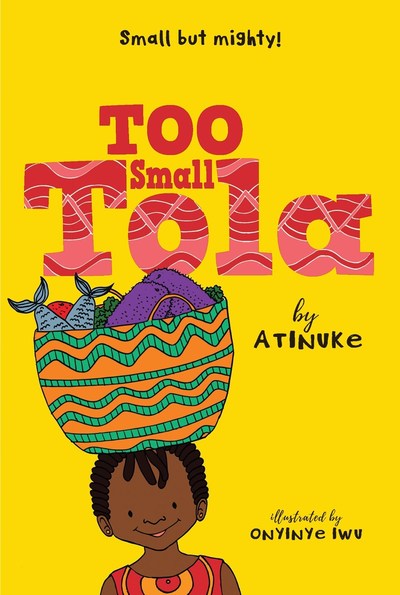A girl and her abuela find an injured bird, bring it home and nurse it back to health in this unassuming tale. Inspired by one of Blanca Gómez’s own childhood experiences, Bird House is quietly delightful as it depicts an act of true kindness.
The girl narrates with gentle pacing from the moment the pair first notices the sunny yellow bird on a snowy day. After Abuela mends the bird’s wounded leg, they release it from its cage and allow it to fly around the living room. Their pet cat seems especially curious about the new guest. When the bird has fully recovered, they set it free, but it returns after the snow melts and spring arrives. “Abuela, can we keep it?” the girl asks. “No, darling, the bird doesn’t belong to us,” Abuela tells her.
Gómez reduces the story to its essentials, both verbally and visually. There are no feats of linguistic acrobatics; the text is plain-spoken and conveyed in short sentences: “It was fantastic,” we read as the girl watches the bird fly around the living room. Yet a sweet but never cloying tenderness pervades the story. The girl treasures the time she spends with her grandmother, observing that “everything was always fantastic at Abuela’s house.”
In spacious, uncluttered spreads, Gomez’s textured paper-collage illustrations contrast muted colors, such as Abuela’s charcoal gray cardigan and the powder blue of her tiled bathroom wall, against bright reds and yellows found in the furniture and living room floor. As spring arrives, gloomy winter makes way for the vivid greens of the plants on Abuela’s back porch. This is a story that breathes, and its artwork exudes a simple, timeless charm.


























